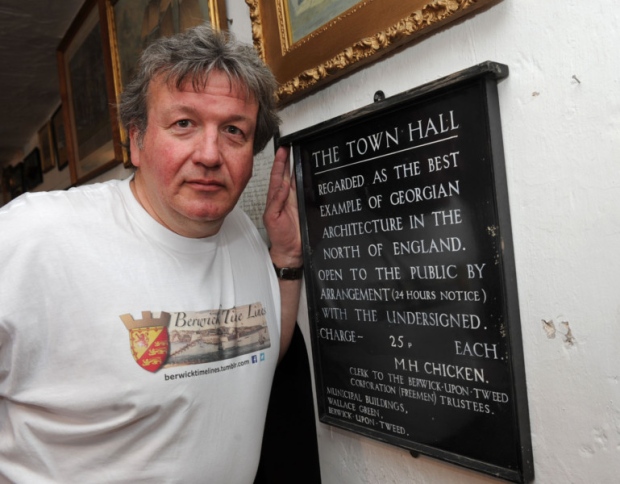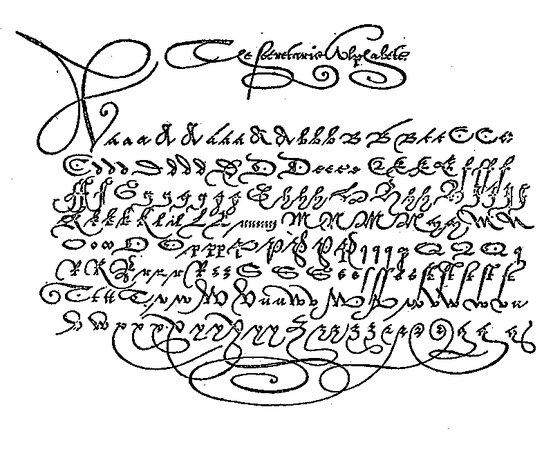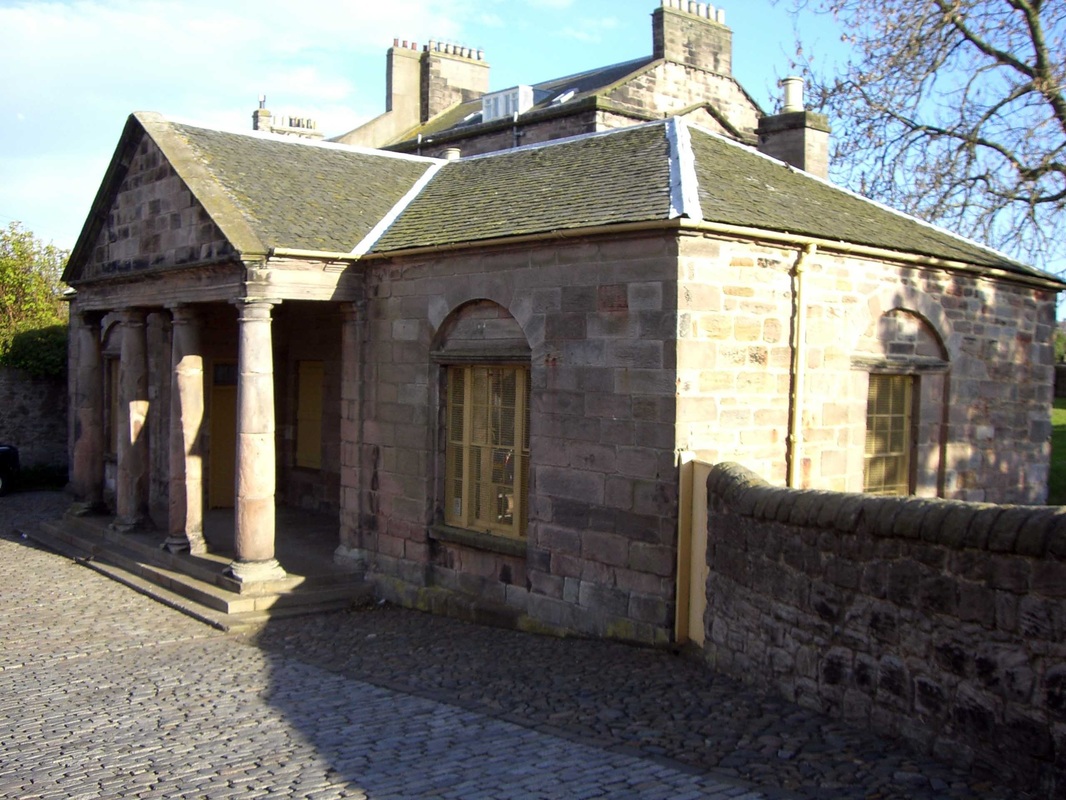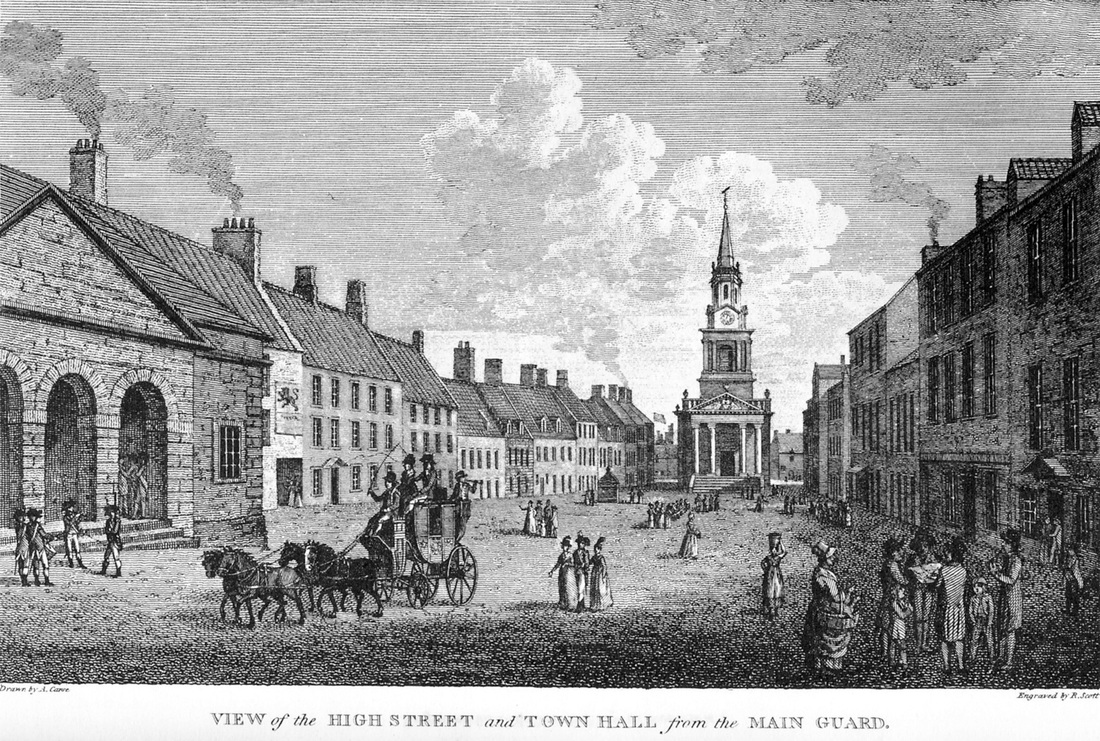Introduction
"I love the history of Berwick upon Tweed, Northumberland and the Borders, Historian, designer, actor, technician and siege engineer!"
He can often be found walking the medieval Walls imparting his knowledge to visitors to the town, or digging around in the Archives to get to the bottom of his latest find. In this article Jim looks at the importance of paleography and how it has proved invaluable in his research, in this case the history of the "Main Guard". The fruits of nearly two years hard labour is about to be realised with the publication of his new book revealing the 'true' history of Berwick Town Hall. He admits this would not have been possible without his ability to read and understand old texts. Jim's passion may be the history of old buildings but the same principle applies equally to family history.
Blog
“One whose knowledge is confined to books and whose wealth is in the possession of others, can use neither his knowledge nor wealth when the need for them arises.”
Any recording of information depends on two things for the idea to work. Obviously there has to be a way of recording the information. This used to be by oral tradition but over the centuries, writing has taken over. Stories were often told in picture form, allegedly at an exchange rate of one picture for every thousand words!
And what a world is opened up!
“This eighteenth century guardhouse was removed from Marygate in 1815 and rebuilt here.” What could be clearer?
“It is most incommodiously placed in the High Street, 100 yards distant from the Scotch Gate, the spot where it should have stood. It measures 65 feet in length. It consists of a room for the officer of the guard, a large apartment in the middle of the house for the soldiers, with benches for them to lye upon it. There is likewise a large fire place in it. Besides it has an apartment called the black-hole.”
Or does it? There’s only one problem. The architectural design of our Main Guard is totally different to that shown in Fuller. Details like the portico with square pillars and arches (in Fuller) as opposed to Tuscan pillars on ours. The window design and other details are all different too.
I decided to investigate and hidden in the Guild books in Berwick Record Office are a couple of references that explain what happened. In September 1813, the Guild wrote to the Board of Ordnance:
”… in consequence of a Wish expressed to the Barracks Department by the Inhabitants of Berwick that the Guard House in the high Street should be removed to a less inconvenient Situation the Board had consented the Guard House being provided the New Scite of the Building is upon an open Space near the Saluting Battery; but that the Board cannot permit the present Guard House being pulled down until the Mayor and Corporation in their Official Capacities shall engage to build the new one of the same dimensions, of the same Elevation, and equally servicable in every respect, upon the spot pointed out.”
So there we have it; our Main Guard was a completely new building – not the old one recycled. It was built to the same layout and dimensions of the old one, hence why it matches Fuller’s description. Who knows when the plaque was added – possibly not until 100 years later. It’s probable that something had been lost in translation as the Chinese Whispers of history are repeated through the years, the original message being the location of the Main Guard had moved – not the building itself.
Links
www.berwicktimelines.com
berwicktimelines.tumblr.com
Twitter @berwicktimeline
Facebook https://www.facebook.com/berwicktimelines
For those of you interested in learning more about paleography there are numerous courses available for all levels from beginner through to advanced. If you fancy a bit of fun there is a good introduction to the subject on the National Archives website, and when you think you have mastered the basics you can always pit your wits against the "ducking stool"! at: http://www.nationalarchives.gov.uk/palaeography/tutorial/






 RSS Feed
RSS Feed
